Fear of the dentist
Synonyms in the broader sense
Children at the dentist, dental philosophy, childish fear of the dentist
The parents

The fear of the dentist is widespread.
This affects not only adults but also children if they are not properly prepared for a visit to the dentist.
Parents are role models for their children, so it is not surprising that their fear of the dentist is passed on to the children. Visiting the dentist should, however, be viewed as a completely natural process in daily life. Therefore, the children should get to know the dental practice as early as possible, even if they are not yet in need of treatment.
Under no circumstances should a visit to the dentist be threatened as a punishment. On the other hand, it is also harmful to say that it would not hurt at the dentist, as the child is then advised that they may experience pain at the dentist.
The rule is: the less you make a fuss about visiting the dentist, the better.
Read on below. Dental care for children
The dentist
The course of the first visit to the dentist and the first treatment is most important for all subsequent treatments.
It demands a lot of time and patience from the dentist. The child is first shown how the treatment chair works by being able to move the chair up and down.
After they have sat down on the chair, they take them to the “elevator” and show them the dental instruments. The mirror is particularly interesting because the child can see himself enlarged. This enables the child to understand that the mirror is a good way of looking at the teeth.
It can also operate the air blower itself. The practice is to open and close the mouth and spit water into the cuspidor. After a thorough inspection of the teeth, the first session is over if there is no acute need for treatment. The next time they visit the dentist, the child is already familiar with the atmosphere in the dental practice and the fear of the dentist has been relieved and treatment can begin.
The dentist should avoid using the turbine and should only use the simple drill. Before doing this, the child must be demonstrated that the drill is safe. This can be achieved by pressing the drill bit, equipped with a round bur and running, onto the fingertip. The child can see that the finger is not injured. Instruct the child to raise their hand when pain occurs. The dentist should stop removing tooth decay immediately so his little patient can see that his reaction is being taken seriously. Interestingly enough, the children often do not speak of pain, but rather say: " It tickles“.
After such an introduction to dental practice and treatment, which takes time and patience, you generate a great deal of trust in the child and you can carry out all the necessary interventions without fear.
Even a syringe loses its fright. It is most important that the dentist explains to the child exactly what is coming next before each step of the treatment. Nothing may happen that a treatment step is carried out that is not announced and explained to the child in advance. This procedure gives the little patient great confidence in the dentist.
After the treatment, the child is praised for their cooperative attitude and their bravery is rewarded with a small gift.
How can you overcome fear of the dentist?
A first step in overcoming the fear of the dentist is to talk to him about it in detail. You should try to find out what exactly is causing the fear and communicate your fears and worries to the dentist. Many dentists nowadays have adapted to anxious patients and some of them have additional training. An initial consultation can give you a first impression of the doctor and the practice.
The doctor often suggests different options to make the treatment pleasant. Many patients are afraid of being completely at the mercy of the dentist and of losing control. In this case, for example, a hand signal can be agreed with the attending dentist, upon which a treatment can be interrupted as soon as the patient feels uncomfortable. Furthermore, relaxation techniques can be studied in advance.
In addition, music can help patients who are very sensitive to noise to survive the treatment. In general, it always helps a lot to formulate your own fears and worries and to have the treatment steps explained to you in detail by the dentist. If the fear lies mainly in the fear of pain during treatment, the doctor can explain possible sedatives.
What tranquilizers are there?
There are numerous tranquilizers available to ease anxiety patients' visits to the dentist. There is a kind of indifference to the treatment that is actually feared. The sedatives can be injected orally in tablet or drop form or also intravenously by the dentist. Depending on the dose, the effect can vary between light sedation and a kind of twilight sleep.
It is very important that the use of sedatives is dosed correctly and individually tailored to the patient. The most commonly used sedatives contain an active ingredient from the group of benzodiazepines. These include, for example, Valium. The effect of the sedative usually lasts for several hours. For this reason, patients must be picked up by an attendant after treatment.
Read more on the topic: Valium
Another way of calming down is what is known as laughing gas analgesia. A mixture of oxygen and nitrous oxide (nitrous oxide) is administered to the patient through a small nasal mask. Because of the laughing gas, the patient becomes calmer and gains a feeling of lightness and indifference. At the same time, the sensation of pain is reduced and the patient usually no longer feels the anesthetic injection.
Read more on the topic: Laughing gas - use, effect, side effect
homeopathy
There are many different homeopathic medications that can help overcome the fear of the dentist. It is important that a homeopath prescribes the correct medication for the individual. Self-treatment is not recommended. The type of fear and your own character play a major role in homeopathic treatment. Depending on the severity of the fear and how you deal with this fear, there are different means. The form of administration is usually in the form of globules, i.e. small sugar-based balls.
Local or general anesthesia?
There are different types of anesthesia (numbing) to make a treatment at the dentist painless.These include surface anesthesia, infiltration anesthesia and conduction anesthesia. The latter is used to numb the entire supply area of a nerve.
Read more on the subject: Local anesthesia at the dentist
Another option is general anesthesia. This is used for major surgical interventions as well as for anxious patients. The advantage of general anesthesia over local anesthesia is that the patient does not even notice the treatment. Furthermore, major interventions such as the extraction of teeth or the placement of implants can be carried out in one session, as the anesthesia can easily last for several hours. Normally, two sessions would be necessary here when using local anesthesia.
The disadvantage of general anesthesia, however, is the increased cost, since an anesthetist (anesthetist) has to be present to monitor the vital functions, i.e. blood pressure, heartbeat and breathing. Furthermore, the patients must be picked up and looked after by an accompanying person.
Read more on the topic: General anesthesia at the dentist
Who pays for a general anesthetic?
Who bears the costs of general anesthesia depends on the need for it. If general anesthesia is necessary for the treatment, the health insurance company will usually cover the costs incurred. However, if it is a question of general anesthesia on request, the general anesthesia will be billed as a private service. In this case, the patient bears the costs. If anxious patients suffer from a known anxiety phobia and this has already been confirmed by a psychiatric report, the statutory health insurance companies pay the costs of general anesthesia in most cases.
Afraid of the syringe
Many patients are particularly afraid of the syringe during treatment by the dentist. Sometimes it is based on painful memories from childhood. In the case of pronounced injection phobia (trypanophobia), the use of strong sedatives or general anesthesia is recommended during treatment. In most cases, the puncture site is rubbed with an anesthetic using a cotton swab. Thus, the patient usually no longer feels the puncture.
Fear of the dentist as the teeth are rotten
In many cases, fear of the dentist is not just a fear of treatment. Often the fear is based on a feeling of shame and guilt about not going to the dentist for years. Many of these patients are ashamed of their teeth and are in a vicious circle. The longer you wait to see a doctor, the greater the fear and the associated feeling of shame. Many practices these days are geared towards patients with anxiety. It is advisable to go to a specialized practice and get advice.
It is best to share your concerns and fears with the attending physician so that they can respond to them in the best possible way. One should always keep in mind that dentists have already seen many conditions and one need never be ashamed. The dentist, who at best specializes in anxious patients, tries to work out a treatment plan together with the patient in order to achieve the best possible result.
Summary
Treating children in the dental office is time consuming and requires patience. Both pay off, however, by winning a little patient who visits the dentist with confidence. It is up to the parents to view the visit to the dentist as a normal part of daily life.




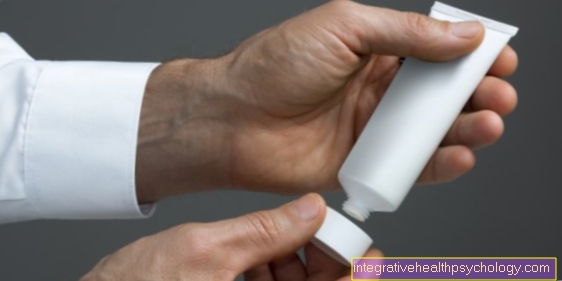







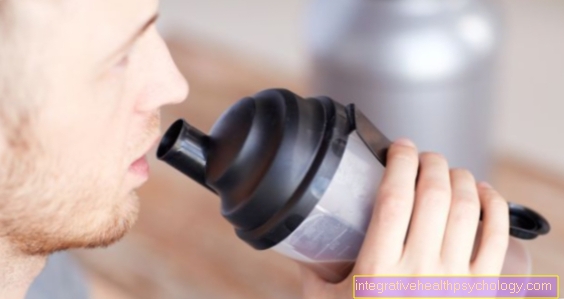


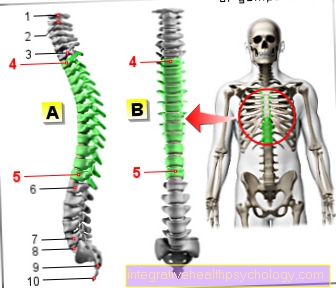

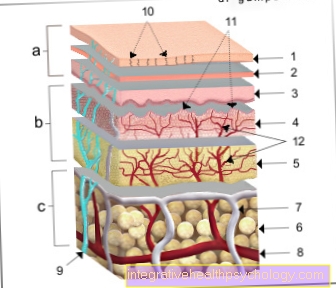

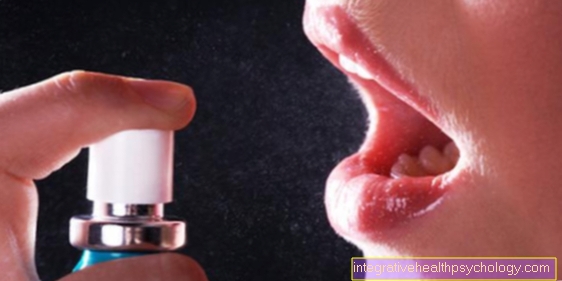






.jpg)


